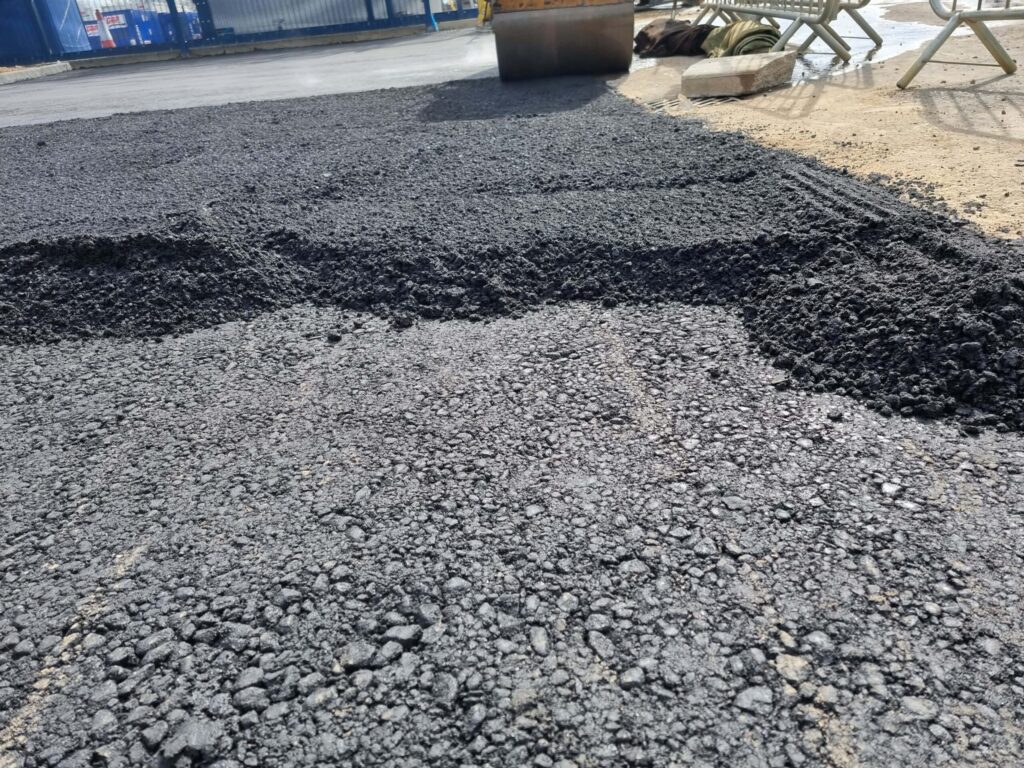The Tarmac Revolution: How Road Surfaces Have Evolved Over Time
Introduction: Roads are the transportation arteries, connecting communities and enabling the movement of goods and people. While we often take them for granted, road surfaces have a rich history of development and innovation. In this blog post, presented by Worlingworth Driveway Solutions, we’ll journey through time and explore the fascinating evolution of road surfaces, particularly focusing on the tarmac revolution that transformed how we travel.
The Ancient Origins
Roads have been used for millennia, dating back to ancient civilisations. Early roads were often made of compacted earth, gravel, or cobblestones. While these materials served their purpose, they were susceptible to erosion and could become treacherous in adverse weather.
The Macadam Revolution
In the early 19th century, Scottish engineer John Loudon McAdam introduced a revolutionary concept for road construction known as “macadamisation.” Macadam roads comprised multiple layers of crushed stone and gravel, compacted to create a smooth and durable surface. This innovation significantly improved road quality and durability.
The Birth of Tarmac
The true tarmac revolution occurred in the late 19th and early 20th centuries with the development of tarmac, short for “tar-penetration macadam.” This innovation combined crushed stone with tar, creating a resilient, waterproof, smooth road surface. Notable figures like Edgar Purnell Hooley and John Boyd Dunlop played essential roles in popularising tarmac as a road construction material.
The Advantages of Tarmac:
Durability: Tarmac surfaces proved to be more durable than their predecessors, requiring less frequent maintenance and repair.
Weather Resistance: Tarmac’s waterproof properties made roads less susceptible to damage from rain and moisture.
Smoothness: Tarmac provided a smoother, more comfortable vehicle surface, reducing wear and tear.
Efficiency: Tarmac’s versatility allowed for faster road construction and repair, reducing traffic disruptions.
Adaptability: Tarmac could be easily customised with various aggregate sizes and colours, offering aesthetic possibilities.
Modern Innovations
In recent years, innovations in road construction have continued to improve tarmac’s performance. These innovations include:
Warm-Mix Asphalt: This technology allows tarmac to be produced and applied at lower temperatures, reducing energy consumption and greenhouse gas emissions.
Recycled Tarmac: Recycling old tarmac into new road surfaces has become increasingly common, contributing to sustainability efforts.
High-Performance Tarmac: Advanced tarmac formulations offer enhanced durability, skid resistance, and noise reduction.
Conclusion: The tarmac revolution transformed travel, providing smoother, safer, and more durable road surfaces. As road construction technology advances, we expect further tarmac and road materials innovations. Worlingworth Driveway Solutions is committed to staying at the forefront of these developments, ensuring our clients have access to the latest and most effective solutions for their driveways and roadways. The tarmac revolution may have started in the 19th century, but its impact on modern transportation is still felt, improving our quality of life and connectivity.
Call us on: 01728 448 691
Click here to find out more about Worlingworth Driveway Solutions
Click here to complete our contact form and see how we can help with your driveway needs.

